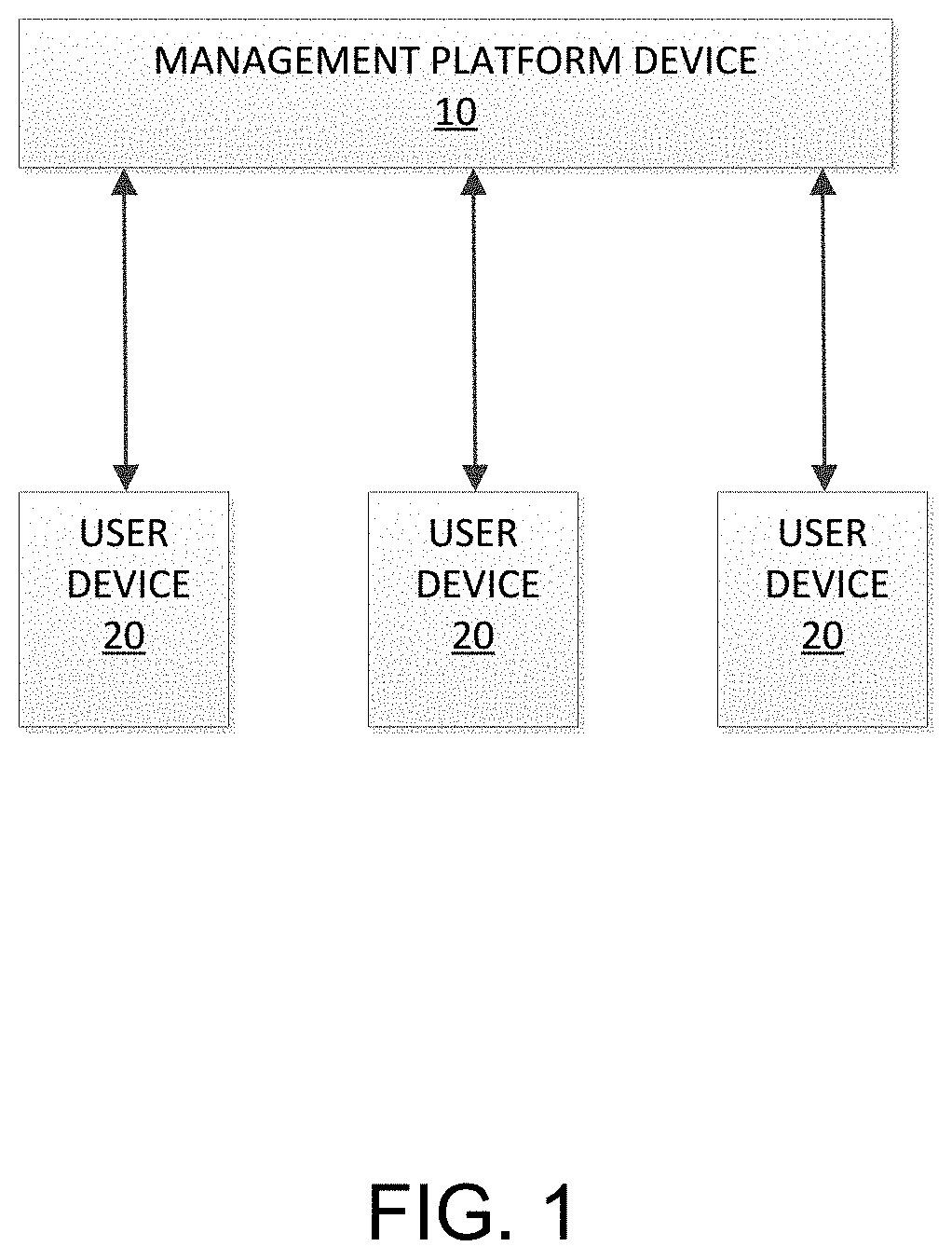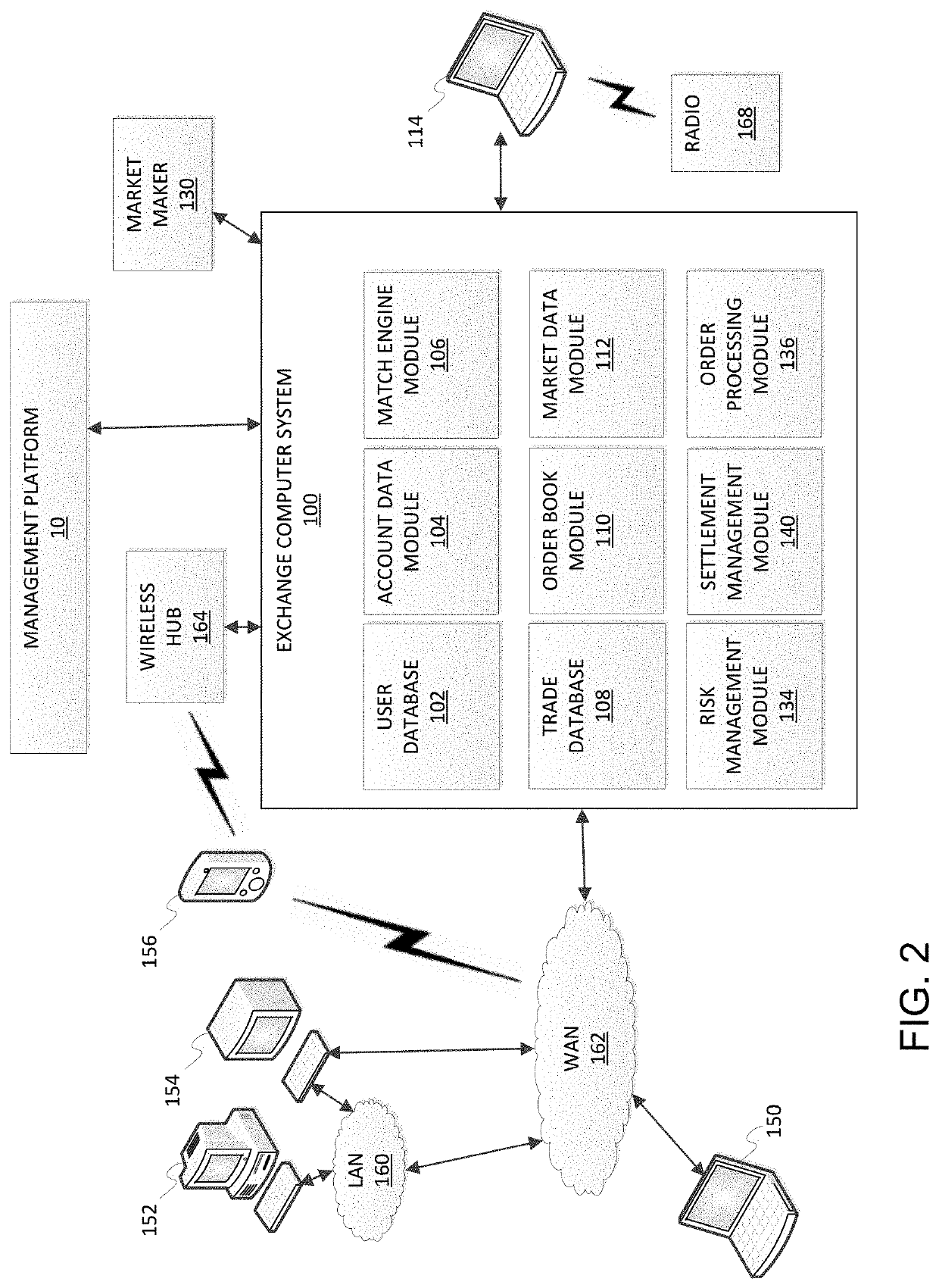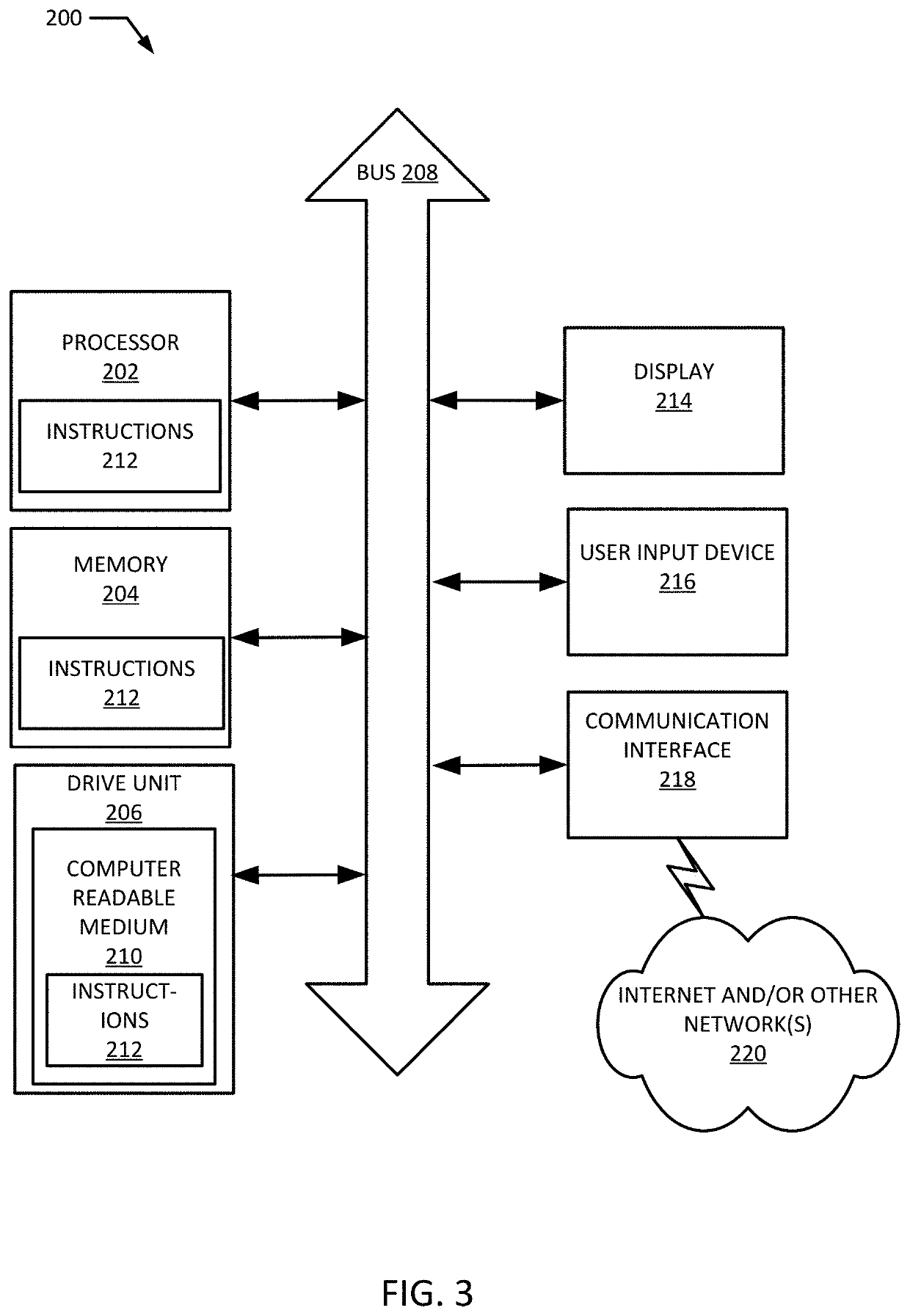Graph-based deployment tool
a graph and deployment tool technology, applied in the direction of transmission, electrical equipment, etc., can solve the problems of not being able to effectively and automatically evaluate the deployment of modular systems in a service based architecture, and the task of global management of services is impossible,
- Summary
- Abstract
- Description
- Claims
- Application Information
AI Technical Summary
Benefits of technology
Problems solved by technology
Method used
Image
Examples
Embodiment Construction
[0014]Some organizations may choose to use containerization to manage software infrastructure as a lightweight virtualized platform which is easily maintained. Containerized software offers a degree of isolation and security while utilizing the economies of scale offered by having multiple deployments on a single server. A containerized deployment may consist of all necessary programs and dependencies needed for a piece of software run in a stable and predictable way. Containers offer a solution to the problem of how to get software to run correctly in multiple operating environments and on multiple platforms. An operating environment may consist of multiple containerized elements which interact with each other and may include connectivity to databases, directory servers, network infrastructure and content distribution software.
[0015]Using graph notation to denote and document the full set of relationships between components provides the system with the unique ability to fully contr...
PUM
 Login to View More
Login to View More Abstract
Description
Claims
Application Information
 Login to View More
Login to View More - R&D
- Intellectual Property
- Life Sciences
- Materials
- Tech Scout
- Unparalleled Data Quality
- Higher Quality Content
- 60% Fewer Hallucinations
Browse by: Latest US Patents, China's latest patents, Technical Efficacy Thesaurus, Application Domain, Technology Topic, Popular Technical Reports.
© 2025 PatSnap. All rights reserved.Legal|Privacy policy|Modern Slavery Act Transparency Statement|Sitemap|About US| Contact US: help@patsnap.com



